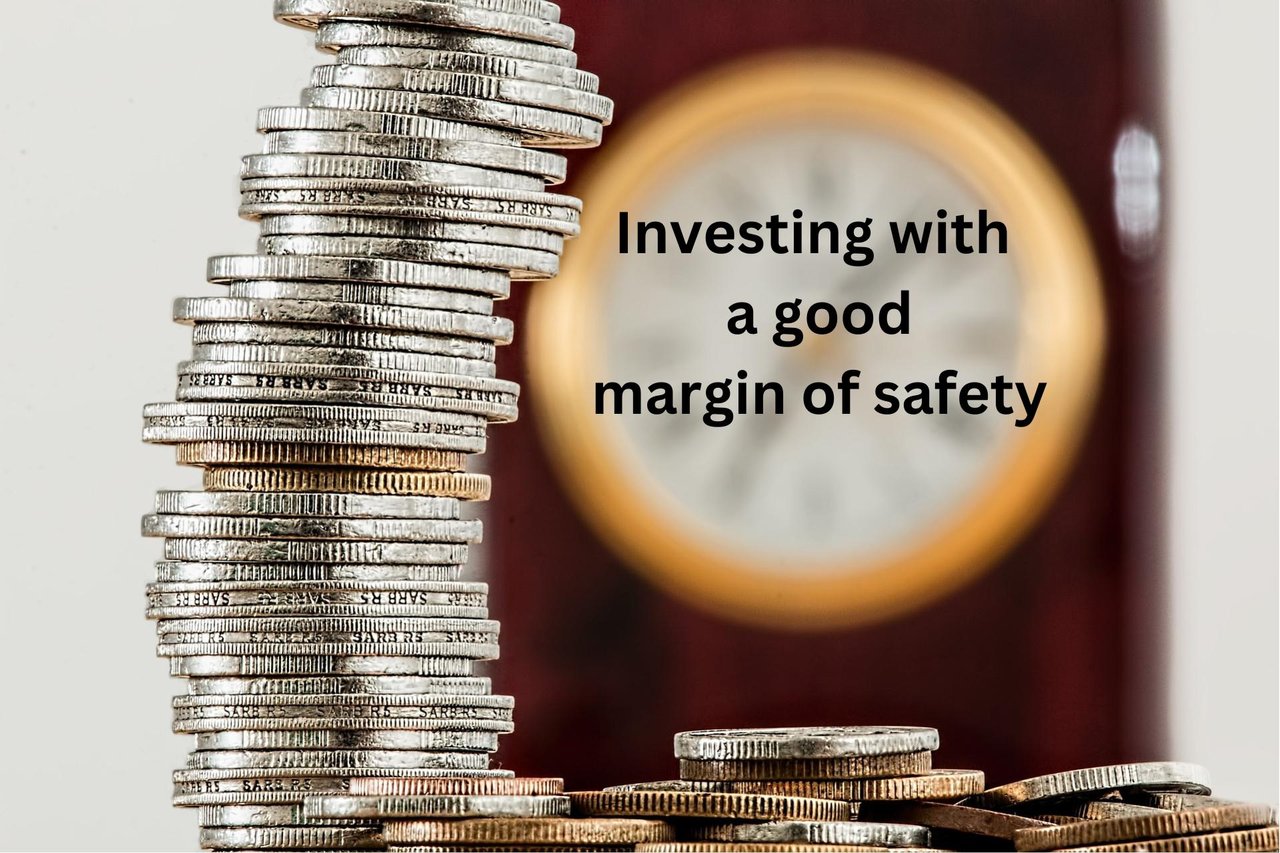An investment with a higher security margin will typically have a higher return because it requires you to put in less money to achieve that monetary goal.
However, you are also accepting greater risk because if all goes downhill, your entire investment could disappear with only minimal potential losses.
You should gauge your investments and know how much of your capital you want to put towards these risks, based on how long you plan on keeping it, what asset classes, and so on are best for purposes of diversification. This way you can protect yourself against uncertainty in how the market performs.
Safer margins usually take the form of dividend payments, and interest to shareholders (return on equity).
Source
The increase in stock prices results in the value increasing, which increases the level of risk. This leads to a lower conversion ratio of expected returns.
Safer margins are an important way for firms to maximize revenue in both growth and stagnant times. These types of margins allow companies that are aware of customer needs to provide them with greater stability when the market changes.
This is true in all directions. If the margin declines, the risk of investment increases. Value investing is all about security and low risk as well. This principle builds on the concept that value investing is all about margin and safety and an investor needs to be practical about their margins.
The margin of safety is the difference between the expected return on an investment or asset and its cost. A company with a high margin of safety has a low cost relative to its value, meaning that it has excess assets, cash flow, or earnings.
Investors must ensure that as and when they invest, they do not create a bad margin call. Managers of companies have to take care of their products and services, customer retention, and pricing policies to build margins.
Many factors make a company attractive. A balance sheet is an initial stand at which a business or its financials gets analyzed.
The use of highly effective management techniques like price-program strategies can allow enterprises to retain customers while ensuring they don’t create margins that are low enough to make them vulnerable to margin calls. The Balance Sheet is the initial stand at which a business or its financials get analyzed.
So, if you are considering making investments without doing your homework, it would not be a wise decision.
The market is always at the risk and so one cannot invest without understanding the dynamics near it. It is important to keep in mind the fundamental aspect while investing in any of the stocks in this situation.
Everything around us is in one way or another other related to the market and that could easily cause complexity or timing risk with margin crunching occasionally. That will happen if ignorant decisions are derived decision, but if an individual has studied these dynamics he can easily maintain the safety of margin according to any given scenario. This risk management condition underlines tenets of confidence-based tactics from time to time.
Investing can be difficult: some people only know how to make losses and don't know how to get those large paydays. However, there are plenty of ways to take advantage of your luck with the margin.
• You should always diversify your portfolio
• Keep Securities transactions in a brokerage account, not in your bank account
• Be sophisticated about which funds are best for you
• If you are young, 401(k) might be best for you because more options will be available to you
• You should have money set aside for taxes
• Invest in the right stocks, not just anything!
